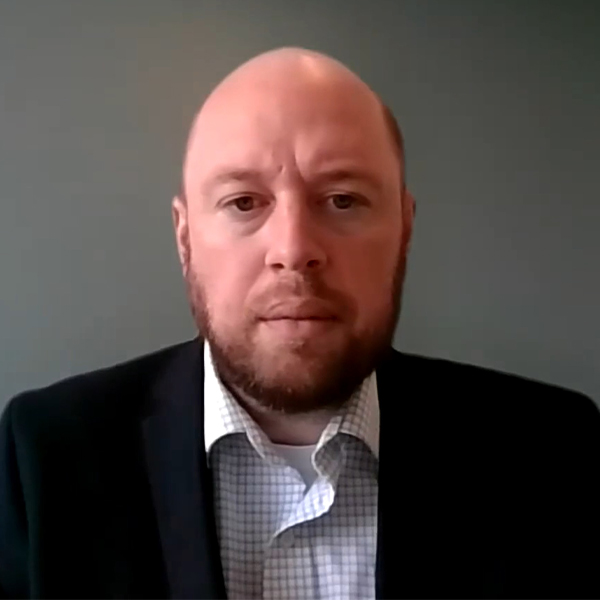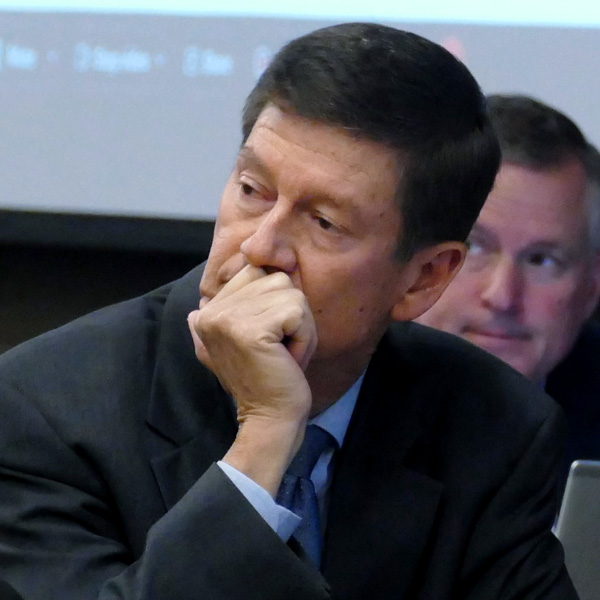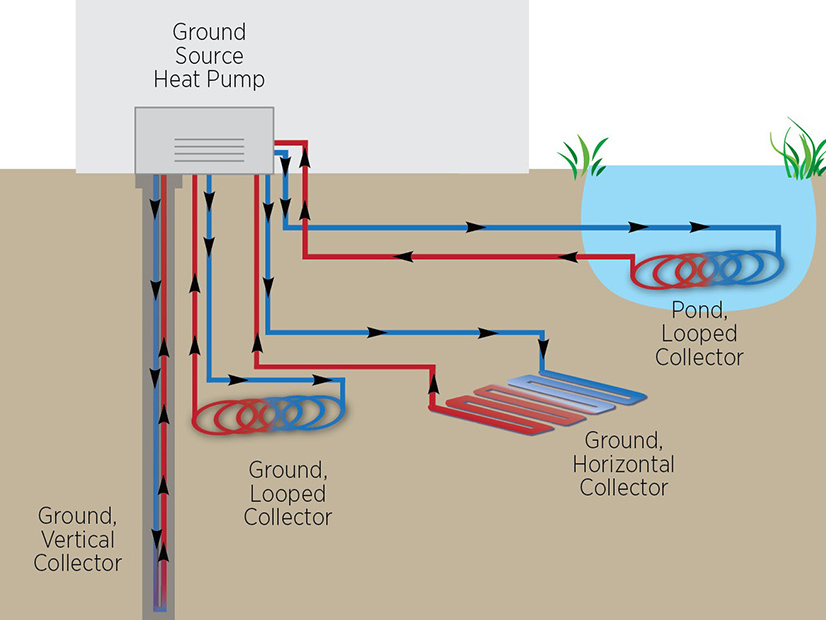California’s new climate reporting requirements may precede the U.S. Securities and Exchange Commission’s proposed rules, but they are being carefully designed to minimize duplication of efforts once the SEC catches up, panelists said at an Oct. 31 webinar hosted by Ceres.
Gov. Gavin Newsom last month signed two landmark climate disclosure bills into law: Senate Bill 253, the Climate Corporate Data Accountability Act, which requires annual reporting of Scope 1, Scope 2 and eventually Scope 3 greenhouse gas emissions; and Senate Bill 261, the Climate-Related Financial Risk Act, which requires biannual reporting of financially material climate risks.
“The California laws are crucial, first-of-their-kind mandatory disclosure standards” in the U.S., said Jake Rascoff, director of climate financial regulation with the Ceres Accelerator for Sustainable Capital Markets.
An estimated 5,300 companies globally will be required to report emissions under SB 253, including at least 75% of Fortune 1000 companies, while about 10,000 will need to report climate risks under SB 261.
All companies, private and public, are required to follow the reporting requirements if they meet the criteria. That includes having annual revenue above $1 billion to comply with SB 253 and above $500 million for SB 261, as well as being categorized as doing business in California, defined as having sales exceeding $610,395 or having property or payroll exceeding $61,040 in the state.
Some other key details:
-
- The rules apply to companies based in any location that do business in California, including those based in other parts of the U.S. or other countries.
- Reporting takes place at the parent company level and with global, not California, totals.
- Reporting begins in 2026 for all but Scope 3 emissions, which begin in 2027.
- Emissions reporting will require third-party verification.
- Climate risk reports need to be publicly available, not submitted to the state.
- An annual administrative fee will be charged and is expected to be about $1,000 to $1,500.
The ball now is in the court of the California Air Resources Board, which will develop and adopt regulations for corporate emissions disclosures, contract with a climate organization and adopt regulations for administrative penalties.
If the California emissions disclosure requirements sound familiar, it’s because they nearly mirror disclosures the SEC has been planning for some time, as well as the recently adopted European Union reporting requirements.
Avoiding Duplication of Disclosures
While groundbreaking for the U.S., the California requirements follow the EU’s Corporate Sustainability Reporting Directive, which was finalized in December 2022 and begins coming into effect in 2024. Those rules will affect about 50,000 EU companies and 10,000 others, one-third of which are U.S.-based. California, the EU and the proposed SEC reporting rules all draw from the widely accepted GHG Protocol’s definitions of Scope 1, 2 and 3 emissions.
The climate risk reporting rule also follows a global protocol to lessen duplication of effort: the International Task Force on Climate-Related Financial Disclosures’ framework.
The California reporting requirements are harmonized with other reporting requirements to minimize the burden on companies while ensuring key climate data are disclosed. By focusing the reports on full global emissions, affected companies will not need to separate out California-specific emissions, and the reports for California may be identical to those created for the EU and the SEC.
Sarah Sachs, Western state policy manager at Ceres, credited this harmonization to California State Sen. Scott Wiener, who authored SB 253.
“He and his team made a huge amount of effort to ensure that California was not reinventing the wheel with this bill and was creating a standard that was aligned with broader global best practices around emissions disclosure, and this is why the bill identifies the GHG Protocol, which is the most widely used global framework for emissions disclosures.
“The goal of this is to reduce any duplicative reporting that you all might feel like you might have to undertake,” Sachs said.
One Step Ahead of the SEC
The California laws were passed while the markets are in a holding pattern awaiting a final SEC rule. The SEC requirements will affect all SEC registrants, about 8,000 companies with U.S. public equity listings, including foreign private issuers, but will not cover privately held companies.
“Everything in the SEC proposed is very much through the lens of financial materiality for the most part; basically, how are climate risks impacting companies’ operational and financial well-being?” Rascoff said. The driver of the SEC requirements are very different, however. “The commission has zero climate policymaking role whatsoever. This is just about providing investors with consistent, comparable, decision-useful information.”
With its eye on informing investors, the proposed SEC reporting has some nuances that extend beyond the California requirements. Most notably, Rascoff said, “the SEC has proposed a footnote to audited financial statements calling out where climate-related metrics have moved any individual financial statement line 1% in either direction, so companies can explain how climate risks and metrics are actually flowing through the audited financial statements.”
The SEC is expected to take a lighter stance on Scope 3 emissions, requiring disclosure only if they are material or the company has set a target. This means it will exclude one of the most controversial requirements of the California rule, one that came most under attack by some corporate lobbying groups.
“California’s laws were designed to provide this information not only for investors, but for a broad range of stakeholders,” Rascoff said. “But the investing public still really needs this information in the same place that they get audited financials, risk factors, MD&A [management discussion and analysis] and everything else, and that’s why it’s so important that the SEC move forward to finalize and adopt their rule.”
Climate Reporting Breaks out of ESG/CSR Silo
For companies, climate-related reporting will take on a new weight.
“We’re going to see climate-related disclosures move out of sustainability or corporate social responsibility reports and into legal documents, like SEC filings or like the filings contemplated with the California laws,” Rascoff said. “So companies are going to need to embed their climate disclosure strategy into multiple business units.”
Moving from voluntary sustainability reports to mandatory requirements raises the stakes and opens companies to possible penalties: “potential exposure to liability risk in the case of the SEC or civil penalties in the case of California,” Rascoff said. “This now takes on the same sort of weight and scrutiny within a company that a financial filing does.”



